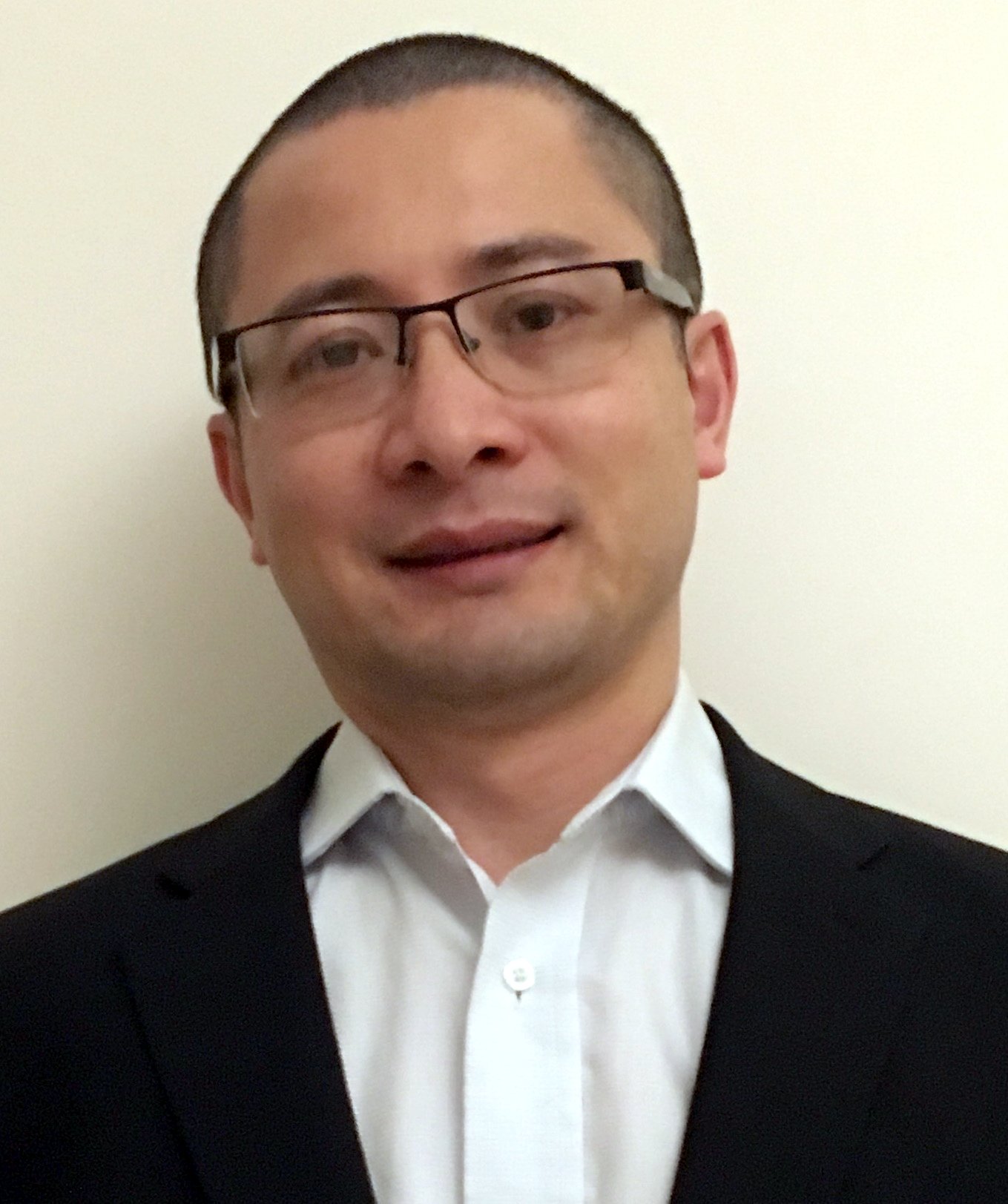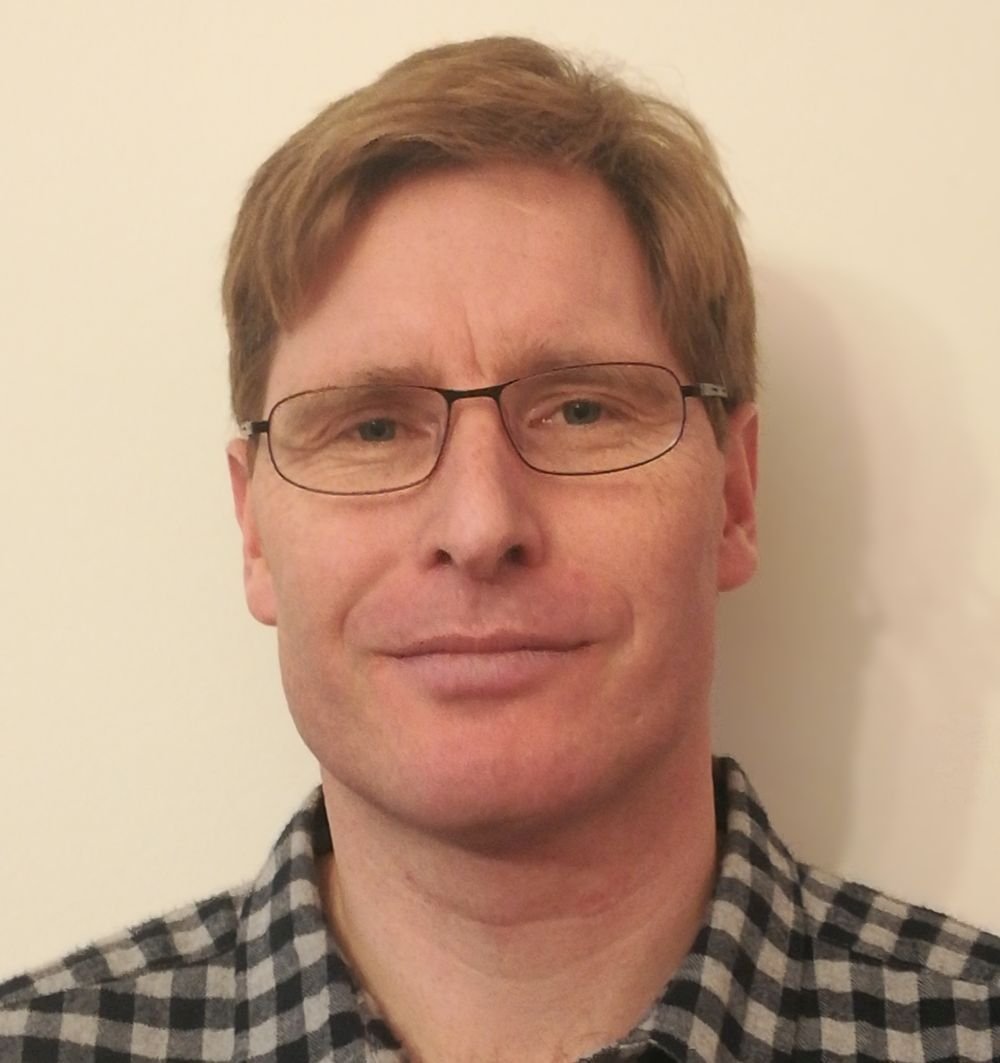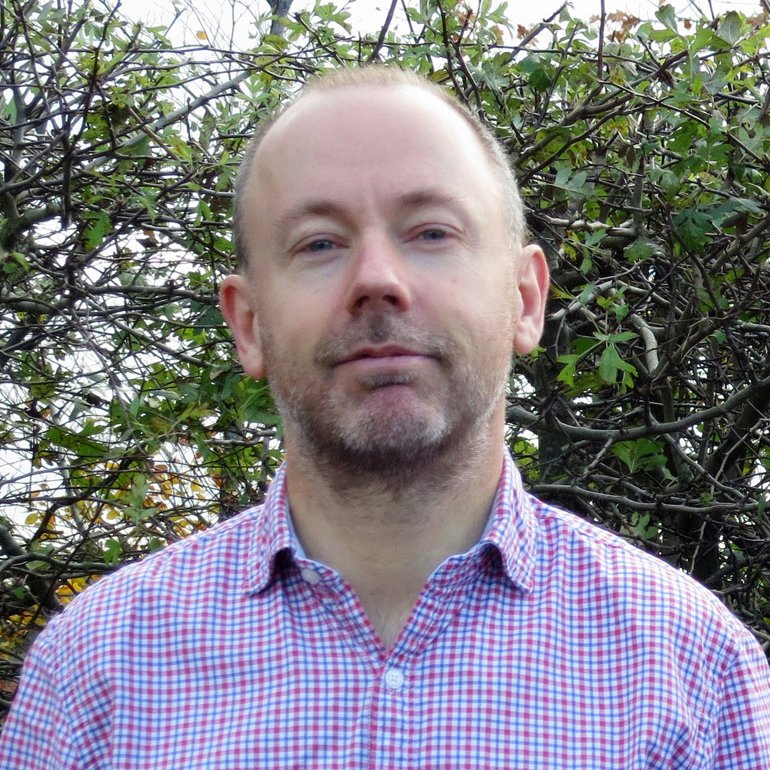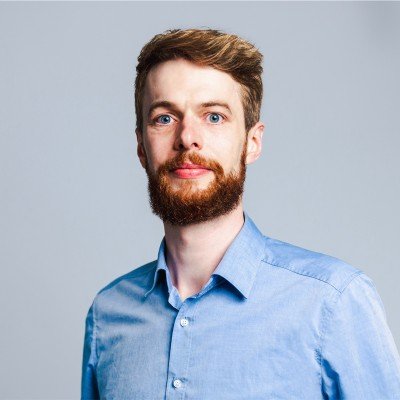IMI Europe Inkjet Development Conference
10-11 May 2023
Crowne Plaza Hotel, Hamburg, Germany
Conference Programme
The IMI Europe Inkjet Development Conference is aimed at inkjet development technologists looking to find out about the latest products, technology and techniques, while also giving the opportunity to exchange ideas with their peers.
This is a two-day technical conference devoted to digital printing technology development, covering materials, engineering and solutions. The event covers applications including 3D printing/additive manufacturing, packaging, textiles, graphics, industrial and functional printing. The conference gives access to key suppliers, technology, information and inspiration from the inkjet industry – everything that you need to develop inkjet technology.
Topics for the event include functional and 3D printing, colorants, material dispersion, resins & polymers, photoinitiators, additives & other materials, analytical equipment & techniques, processing & manufacturing equipment, drop & surface behaviour and application case studies.
TECHNICAL ADVISORY BOARD
The conference is guided by a Technical Advisory Board consisting of key industry figures:
Dr Tri Tuladhar, Principal Consultant, Trijet
Dr Mark Bale, Director, DoDxAct
Dr Thomas Willers, Head of Applications & Science, KRÜSS
The Technical Advisory Board is chaired by Dr Tim Phillips of IMI Europe.
Additional Benefits
Networking
Meet with suppliers, industry experts and developers from other companies at our networking breaks, lunches and evening drinks reception. Excellent refreshments will help you enjoy this key part of the conference.
Sponsor Exhibits & Forum
Event sponsors will have their products and technology on display in the breakout area. In addition the Sponsors' Forum enables you to hear short presentations from sponsors with their latest news. If you are interested in becoming an event sponsor, please visit our sponsorship page.
Conference Programme
Wednesday 10 May 2023
A new dawn for electrohydrodynamic inkjet printing as an industrially relevant technology
Dr Julian Schneider, CTO, Scrona
Electrohydrodynamic (EHD) printing has potentially superior printing characteristics to conventional inkjet, and was explored for graphical applications in the 1980s. More recently, new interest has emerged due to applications like printed electronics, but the problems in industrialising the technology remain. EHD printheads are not manufacturable with large nozzle counts, show intense cross-talk and require high operation voltages. Scrona’s has created a MEMS-based EHD printhead that eliminates these problems, exhibiting nozzle densities more than five times higher than piezo-inkjet heads. They can be operated at ~60V, making them compatible with massively scaled driving electronics. Cross-talk between individual nozzles is essentially negligible. This finally paves the way to exploit EHD printing as an industrially relevant technology.
Unlocking the potential of inkjet with ultra-high viscosity 3D printing technology
Ramon Borrell, CTO, Quantica
Historically 3D printing has required the choice of single materials with useful characteristics, or the use of multiple materials but with poor characteristics. Quantica’s novel multi-material inkjet technology is set to change that, allowing jetting of materials with higher viscosity, up to 380mPa•s at jetting temperature, or ~4000mPa•s at ambient temperature. This allows printing of more complex parts with better properties than with existing technologies. We will introduce the technology, explain how it works and the materials it can handle, then share some operation examples from various industries. We will also unveil a new 3D printer for release at the end of the year – an open system designed for multi-material application R&D.
Rewriting the rulebook for inkjet printing
Tomas Cerny, Principal Engineer, Xaar
Join Xaar’s Tomas Cerny for an overview of Xaar’s innovative Ultra High Viscosity Technology. Tomas will be covering the unique capabilities of Xaar’s printheads to print high viscosity and highly pigmented inks, including when printing water based inks with the revolutionary Xaar Aquinox, which was launched In November 2022. Tomas will discuss how Xaar’s technology makes this possible, as well as the important benefits delivered to OEMs, brands and end users alike.
Fundamentals of printhead design and fluid interaction
Dr Bart Hallmark, Chrysenteon Engineering
With the fast-paced development of inkjet applications comes the challenge of successfully printing newly-developed inks, for example pigment-based or aqueous systems. The significant changes in ink physical properties and rheology embodied in these new inks can greatly affect their printing efficacy by, for example, limiting print speed or compromising print quality. This short talk goes back to basics and explores the interactions between a printhead and an ink, examines how these interactions are affected by ink properties and introduces “mental models” that allow some of these interactions to be better understood at a qualitative level.
Development of large format single chip TIJ printheads using the TFT panel manufacturing process
Dr Daniel Lan, Managing Director, International United Technology (IUT)
We will show a single chip (4.32” / 600 dpi / 2592 nozzles) thermal inkjet (TIJ) printhead designed and manufactured using TFT LCD manufacturing processes, building the heater structure layers and the control driver devices in the glass panel. The channel barrier layer and the nozzle layer are implemented using MEMS processes. The printhead performance, including drop formation and heater lifetime, are currently being studied. A G3.5 LCD glass panel can produce about 288 units of the 4.32” printhead chips, which show a cost advantage compared to TIJ using the Si wafer process.
Multiple scales of manufacturing research to support future inkjet application development
Prof Ronan Daly, Professor of Advanced Manufacturing, University of Cambridge
The Fluids in Advanced Manufacturing research group at University of Cambridge identifies and explores underpinning scientific challenges in a range of manufacturing techniques, including inkjet printing, with progress enabling new applications and supporting translation to industry. Research includes molecular dynamics, surface science, formulation, micro-scale patterning and production processes. We will describe our manufacturing research methodology with examples of two areas of research. Firstly, we describe how the inkjet system imparts large stresses and strains to the working fluid, important for bio-applications, before showing standardised tests to assess this and drive future applications. Secondly, we show integration of ultrafast laser ablation with inkjet printing to explore how hybrid non-contact techniques can allow enhanced levels of control.
Inkjet: R&D to prototype and pilot production
Paul Best, CEO, ImageXpert
In this presentation, ImageXpert will describe strategies for "bridging the gap" between R&D, prototype, and production. ImageXpert will provide guidance based on experience working with over 600 inkjet customers, to showcase some of the specific challenges they encountered, as well as the unique tools and techniques they used to overcome them.
Functional 3D inkjet printing: challenges and opportunities from a material and application perspective
Jan Janhsen, Group Manager, Fraunhofer Institute for Manufacturing Engineering and Automation IPA
In recent years, printhead technologies have evolved significantly. New manufacturers such as Quantica3D, but also established manufacturers, are constantly expanding their printhead portfolio. As a result the range of materials that can be processed is constantly increasing. However, to exploit new fields of application with these technological developments in a systematic also raises new challenges. This begins with the need for extended material characterisation, the adaptation of printing process strategies and all the way to the printed product. Based on practical examples in the field of 3D printed electronics and inkjet printing dental sector, we will take a closer look at these challenges for materials and processes.
Making an impact with inkjet: additive platforms and processes in electronics production
Dr Kai Keller, VP Business Development, Notion Systems
The production of electronic devices is a wasteful undertaking. Notion Systems has shown with a large and diverse installed base in various industries, that additive processes, in particular functional inkjet printing, already has a positive impact toward production efficiency. Inkjet is used to reduce waste and process steps to make the production of current electronic products more efficient and sustainable. In this presentation we will provide insight into the aspects that drive sustainability in electronics production and will discuss application examples.
Panel Discussion: High viscosity fluid printing
The panel will be chaired by a member of the technical advisory board and include industry experts from the conference presenters.
Hear short presentations from the event sponsors.
Join us for wine, beer, canapés and good company!
thursday 11 May 2023
Borrowing colours from nature: potentials and challenges of synthetic biology in ink development
Dr Qiaoyi Wang, Senior Material Scientist, Colorifix
Businesses and consumers are more conscious than ever of the need to be environmentally sustainable. Inkjet printing as a prime example of a technology supporting reduction of environmental contamination, has also come a long way to become increasingly sustainable, from reducing the use of VOCs to employing more renewable materials. Synthetic biology is a promising tool to replace petrochemicals with bio-renewables and offers unique opportunities in the colour industry. This talk will introduce the idea of applying synthetic biology to inkjet technology, and the potentials and challenges associated with this emerging field.
High fixation reactive dyes for digital textile printing
Dr Sam Chen, Leader of Inkjet R&D, Everlight Chemical Industrial Corporation
Digital textile printing is an environmentally-friendly technology which can reduce working space, noise, excess dye, electricity, material and waste water etc. compared to traditional textile printing. Until now, all reactive dyes applied with digital textile printing have been the same as those used with traditional printing. These dyestuffs are sufficient for current printing requirements but fixation needs to be improved to let the digital textile printing processing become more green.
A series of reactive dyes has been designed and synthesized, achieving a high fixation rate (>80%) compared to current traditional printing dyes (<60%). As well as fixation, all textile printing properties have been evaluated to meet digital textile printing application requirements.
Pigment transfer printing: a new revolutionary transfer process for decorating cotton without pre- and post-treatment
Gijsbert Harmsen, Senior Sales Manager, Neenah Coldenhove
Neenah Coldenhove, inventor of digital dye sublimation paper, has developed a new, revolutionary transfer paper and transfer process. With this new transfer paper, textile pigment inks can be printed and transferred onto natural fibers, blends and even nylon. While dramatically expanding the range of applications to a variety of materials, pigment transfer printing significantly simplifies the process and minimises environmental impact. This new development creates deep and vibrant colours which are comparable to the brilliance of dye sublimation, but with the advantage of high fastness properties. The process is easy and makes it possible to enter the natural fiber market with limited capital investments.
Plasma for perfect inkjet printing on polymers
Peter van Steenacker, Head of PlasmaXperience, TIGRES
Printing on certain polymers can be quite demanding. Polyolefins like PE and PP have very limited wettability and adhesion properties. To ensure a satisfying printing result, especially with inkjet systems, plasma treatment can improve wettability and adhesion and thus make it possible to get optimal printing results. For film applications, this has been possible with corona systems for some time, but for print to shape applications, the newer plasma nozzles offer new and exciting possibilities. Plasma treatment enables print to shape on difficult materials. The talk will provide an introduction to plasma treatment principles, show the mechanisms for enhancing wettability for enhanced print quality and adhesion.
Holistic powder analysis: a one instrument approach for assessing dispersion and sedimentation properties of pigments and additives
Dr Andrew Mellor, Application Market Manager, KRÜSS
The dispersal of powders is a critical factor in ink formulation, especially for solutions containing particulates such as pigments or functional materials e.g. conductive inks. Powder dispersion is broadly a three-phase process beginning with initial wetting, followed by deaggregation of clusters and finally steric stabilisation of dispersed particles. If initial wetting of a given powder is thermodynamically unfavourable, then dispersion simply cannot occur, and consideration of subsequent steps becomes irrelevant. In this talk we present a single device methodology for determining the thermodynamic parameters of immersion for a series of powders and demonstrate how these values correlate with dispersion performance. We then overview how, using the same instrumentation, one can also monitor stability of a dispersed powder via sedimentation characteristics.
Inkjet solutions for glass and container printing
Simon Czech, Technikum / Democenter, Koenig & Bauer Kammann
I will be talking about the challenges in digital printing on glass and containers with a special focus on new developments in direct to shape inkjet. In particular, I will talk about how new solutions, such as our ‘Digital Printed Relief’ process, have already changed the market in a lasting way and what trends we see for the future. I look forward to a joint exchange and exciting expert discussions.
Inkjet printing of precious metals: the untapped possibilities of printed electronics
Dr Konstantin Livanov, CTO, OrelTech
Printed electronics seems like an established and mature field, but it is yet to realise its full industrial and scientific potential. Despite cheerful prognoses, every innovative development on the market is a rare and scrutinized occasion, rather than a business-as-usual. Among the reasons for such a holdback is a complex technological bottleneck that comprises a system of outdated solutions that dominate production lines. This inhibits growth and expansion of printed electronics to new developments and new industries. A method to unblock this bottleneck will require not only the desire to optimise current manufacturing processes, but also a more stringent vision of what future of printed electronics manufacturing could be, with alternatives to established technologies. One possible direction is discussed in this talk. A combination of nanoparticle-free precious metal inks together with inkjet printing and plasma metallisation leads to new possibilities, new devices and new markets.
The opposing trends of inkjet
Dr Mark Bale, Director, DoDxAct
Whilst the number of inkjet applications continues to grow, there is a split personality that has developed over recent years, whereby printhead makers have to straddle an ever-increasing divide between the requirements of 2D-oriented graphics applications and the demands of 3D-focussed functional materials. Using examples from our laboratory we compare and contrast some application examples to show that although the printhead manufacture and architecture may change there are common principles at work to get the print process to succeed.
Complex rheological characterisation of high viscosity and aqueous inks for reliable jetting
Dr Tri Tuladhar, Principal Consultant, TriJet
The complex dynamic properties of ink are essential to inkjet jetting behaviour, with direct influence on printhead pumping capacity, in-flight jetting & break-up behaviour, meniscus damping profile and ink channel re-filling. In the case of high viscosity and high solid loading inks, we find some jet reliably, while others with similar bulk properties fail. Conversely, in aqueous inkjet inks, the unique bulk and dynamic properties of water influence fluid interactions in the printhead. This poses its own challenge during ink formulation for jetting reliability. We present complex rheological tools and techniques to characterise dynamic properties at the relevant timescale and geometry that can identify subtle differences between good and bad inks. This aids ink formulation and waveform development.
























